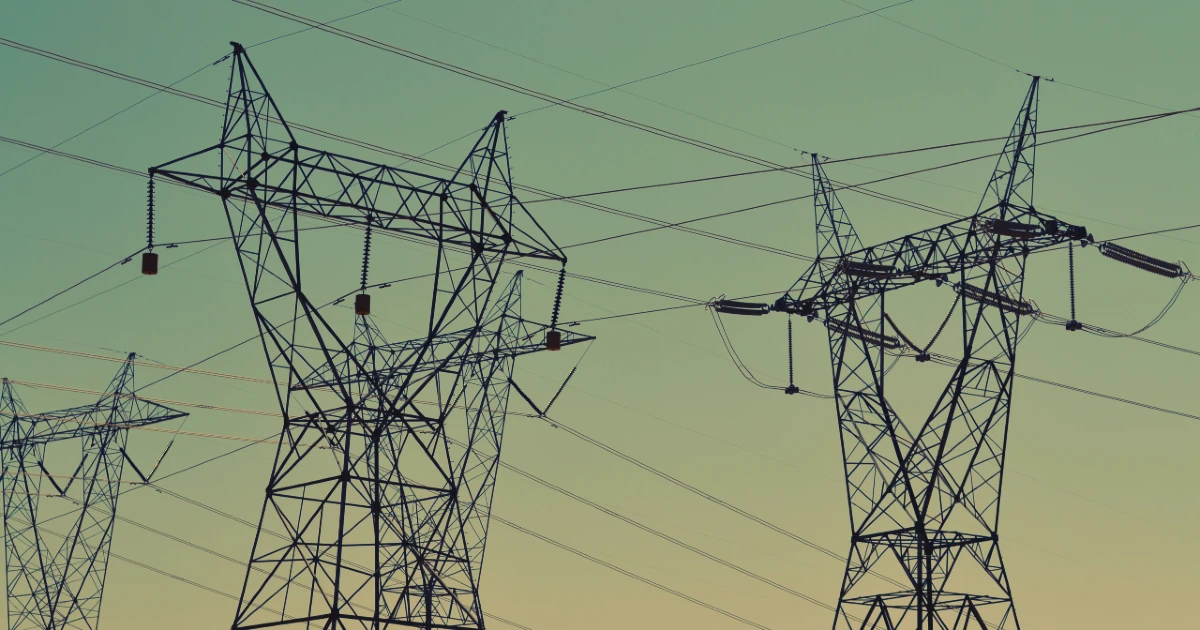Why Landlords in High-Risk States Need Loss of Rent Coverage
In states like Texas, Florida, and California, rental properties face elevated risk from hurricanes, wildfires, and severe storms. When a covered peril makes a property uninhabitable, loss of rent coverage provides landlords with a financial safety net during repairs.
Many landlords are surprised to learn that not every policy includes this coverage automatically. At Steadily, we make it standard because we know how critical rental income is for property owners.
How Loss of Rent Coverage Works
Loss of rent coverage, also known as rental income protection, reimburses landlords when their property becomes uninhabitable due to covered damage. This can include:
- Fire or smoke damage
- Severe storms or hail
- Water damage from burst pipes
- Vandalism or burglary
Coverage typically lasts for the duration of repairs, subject to policy limits. It allows landlords to continue meeting mortgage payments and other financial obligations even when rental income is disrupted.
State-Level Risk Considerations
Texas
Texas landlords face a variety of natural hazards that can leave rental properties uninhabitable for weeks or even months. Hurricanes in the Gulf region, tornadoes across the plains, and flash flooding in urban areas have all contributed to major property losses in recent years. According to FEMA, Texas leads the nation in federally declared disasters, making it one of the highest-risk states for landlords.
For example, after Hurricane Harvey, thousands of rental units across Houston were flooded and required extensive repairs before tenants could return. In such situations, loss of rent coverage ensures landlords can recover rental income while working to bring their properties back to habitable condition.
At Steadily, we include this protection in every policy, giving Texas landlords peace of mind when severe weather strikes.
Related Reading: Why Texas Is One of the Most Landlord-Friendly States
Florida
Florida is no stranger to extreme weather. With its long coastline and warm climate, the state is highly vulnerable to hurricanes, tropical storms, and heavy rainfall. When a storm makes landfall, widespread flooding and wind damage often follow, forcing tenants to evacuate and leaving properties uninhabitable.
In 2022 alone, Hurricane Ian caused billions of dollars in property damage and displaced thousands of renters. Without loss of rent coverage, many landlords were left covering mortgage payments and repair costs without rental income.
For Florida landlords, loss of rent coverage isn’t just helpful—it’s a critical safeguard. Steadily’s policies include this protection by default, ensuring landlords have a financial lifeline during recovery.
California
California’s unique geography brings its own challenges for landlords. Wildfires have become a recurring threat, destroying rental homes and entire communities in recent years. Earthquake risks also loom large, with older properties particularly vulnerable to structural damage.
When fires sweep through neighborhoods, it can take months to repair or rebuild affected properties. During that time, landlords lose rental income if they don’t have proper coverage. Loss of rent protection helps offset these gaps, covering the fair rental value of properties while they’re uninhabitable.
With Steadily’s landlord insurance, California property owners don’t have to add this coverage separately—it’s included in every standard policy.
What Loss of Rent Coverage Typically Doesn’t Include
While loss of rent coverage is essential, it has limits. Most policies do not cover:
- Tenant nonpayment or eviction-related losses
- Vacancies between tenants
- Damage from excluded perils such as floods or earthquakes without separate policies
To safeguard against tenant nonpayment, consider other products like rent guarantee insurance.
Coverage Limits and Costs
Loss of rent coverage often reimburses the fair rental value of your property until it is repaired, up to your policy limits. Common coverage features include:
- Duration caps, often 12 months
- Percentage-based limits tied to your dwelling coverage (commonly around 20%)
Premiums are higher in high-risk states, but so is the potential loss of income if disaster strikes.
Why Choose Steadily for Loss of Rent Coverage?
At Steadily, loss of rent protection is included in every landlord insurance policy at no additional cost. We know how vital rental income is to property owners, especially in states prone to natural disasters.
If repairs are required, our policies help ensure your cash flow continues uninterrupted.
Get a quote today and protect your rental income.
Related Coverage for Landlords
In addition to loss of rent, Steadily landlord insurance includes:
FAQs
Does loss of rent coverage protect against tenant nonpayment?
No. It only applies when your rental becomes uninhabitable due to covered damage.
How long does loss of rent coverage last?
Coverage continues until repairs are complete or your policy’s time or dollar limits are reached.
Do I need to add this coverage separately with Steadily?
No. Loss of rent is standard in all Steadily landlord insurance policies.
Can I increase my coverage limits?
Yes. You can adjust limits based on your property’s rental income and potential downtime.
Final Thoughts
In Texas, Florida, and California, rental properties face higher risks from natural disasters. Loss of rent coverage is essential for maintaining financial stability during these events.
At Steadily, we include this protection in every landlord policy, so you don’t have to worry about unexpected income gaps.
Get a quote now and make sure your rental income is protected, no matter what.






.png)
.jpg)
.jpg)


.png)